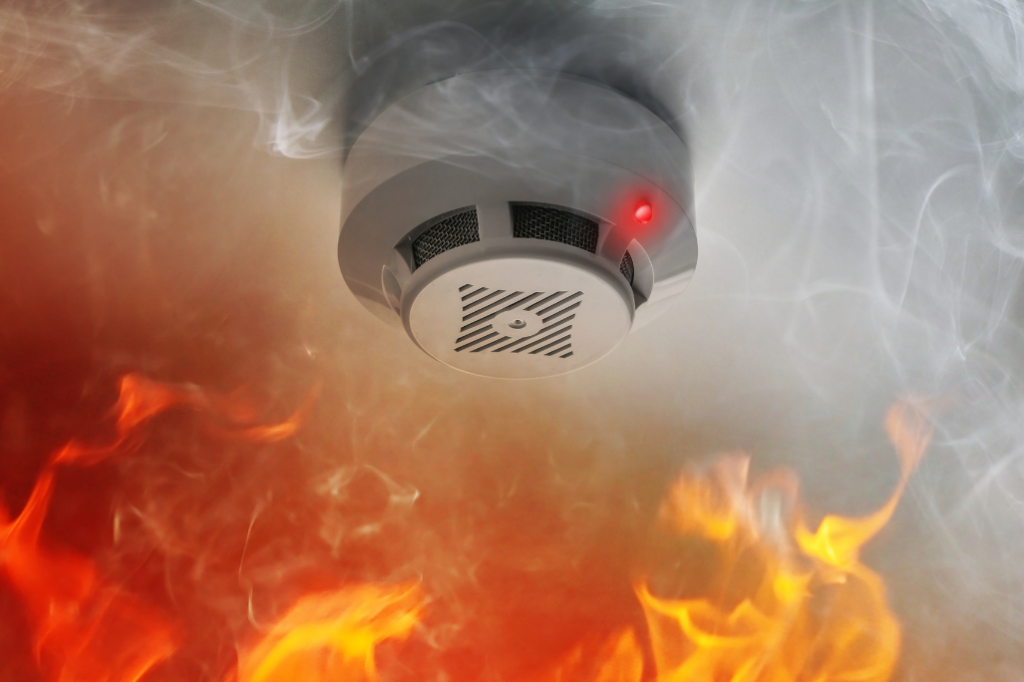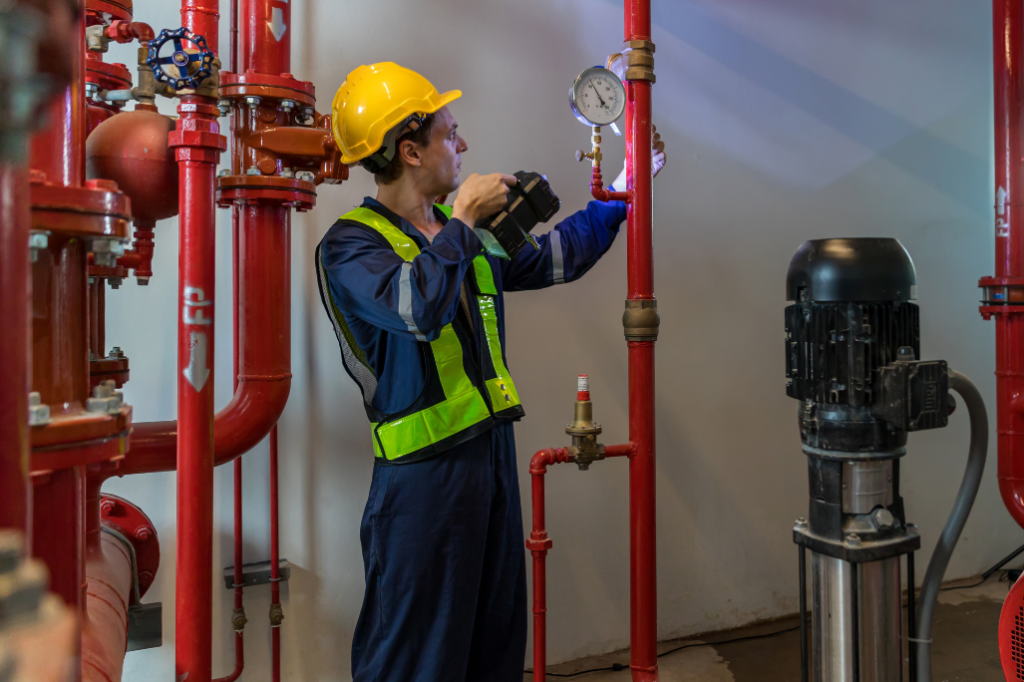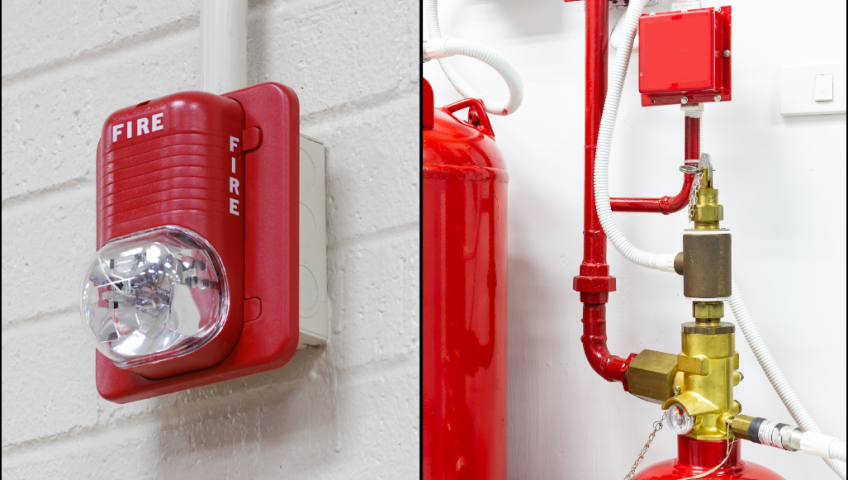When it comes to protecting a building from fire damage, two systems often come up in conversation: fire alarms and fire suppression systems. While both are critical for safety, they serve very different roles. Understanding how these systems function, how they interact, and what distinguishes them is crucial for creating a comprehensive fire protection plan.
Fire Alarms: Early Detection That Saves Lives

A fire alarm system is the first line of defense in any building’s fire safety strategy. Its main job is to detect smoke, heat, or flames and alert occupants to evacuate.
Modern alarm systems are interconnected networks of sensors, control panels, and notification devices. These may include smoke detectors, heat sensors, manual pull stations, horns, and strobe lights. When triggered, a fire alarm system sends signals to local fire departments or monitoring centers, helping ensure emergency responders arrive as quickly as possible.
In large commercial buildings, warehouses, or schools, that early warning can mean the difference between a quick, organized evacuation and a dangerous situation.
Fire Suppression Systems: Active Fire Control

Where a fire alarm warns, a fire suppression system acts. Suppression systems are designed to control or extinguish fires automatically before they spread.
There are several types of suppression systems:
- Sprinkler systems use water to douse flames and cool surrounding areas.
- Clean agent systems utilize gas (such as FM-200 or CO₂) to suppress fires without leaving residue, ideal for data centers or electrical rooms.
- Foam systems create a barrier that smothers fuel-based fires.
Each system is tailored to the environment. For example, ROS Electric installs suppression systems in critical facilities where standard sprinklers could cause damage to equipment.
How the Two Work Together
A fire alarm and suppression system functions best as part of an integrated safety network. The alarm detects the fire and sends a signal to activate the suppression system while notifying occupants and emergency services.
For instance, if a heat detector in a mechanical room senses an unusual temperature spike, it can trigger both the alarm and the gas-based suppression system simultaneously. That coordination minimizes downtime, damage, and risk to personnel.
Compliance and Professional Installation
Proper installation and maintenance are crucial. Both systems must meet local building codes and National Fire Protection Association (NFPA) standards. Professional electricians, such as the team at ROS Electric, ensure that wiring, control panels, and communication systems work in seamless harmony. Regular inspections and testing confirm that both systems remain in compliance and ready to perform when needed.
Why Both Are Essential
A fire alarm system alone won’t put out a fire, and a suppression system without detection can’t activate quickly. The two are complementary technologies, each filling a specific role in overall building safety.
Protect Your Property with ROS Electric
Whether you’re outfitting a new facility or upgrading outdated systems, ROS Electric designs and installs fire alarm and fire suppression systems that meet today’s toughest safety standards. From early detection to rapid response, we make sure every layer of your protection works flawlessly.
Contact ROS Electric today to discuss your building’s fire safety needs and schedule a system evaluation.


Write a Comment